Shifting the burden of learning from the teacher to the student
Many students see little connection between their school work and the outside world but for MicroSociety children, connections are visible and valuable. School is no longer a string of disconnected classrooms but a school-wide economy for students to manage. Consequently, their roles change dramatically. No longer are they 9-3 desk jockeys, but rather students are tasked to apply content area learning to real life. They don’t just learn about decimals and percentages, they use them in the bank, marketplace and in running their own businesses as private and social entrepreneurs. They don’t just learn about words and sentence structure, they fashion opinions and submit them for publication in the weekly newspaper or present their arguments in court. When these students are presented with authentic problems to solve, they are intrinsically motivated to find answers. Instruction becomes more rigorous and relevant. In traditional schools, success is defined in narrow academic terms; so is failure.MicroSociety transforms schools into institutions of hope by connecting youth to meaningful work and making them feel useful.
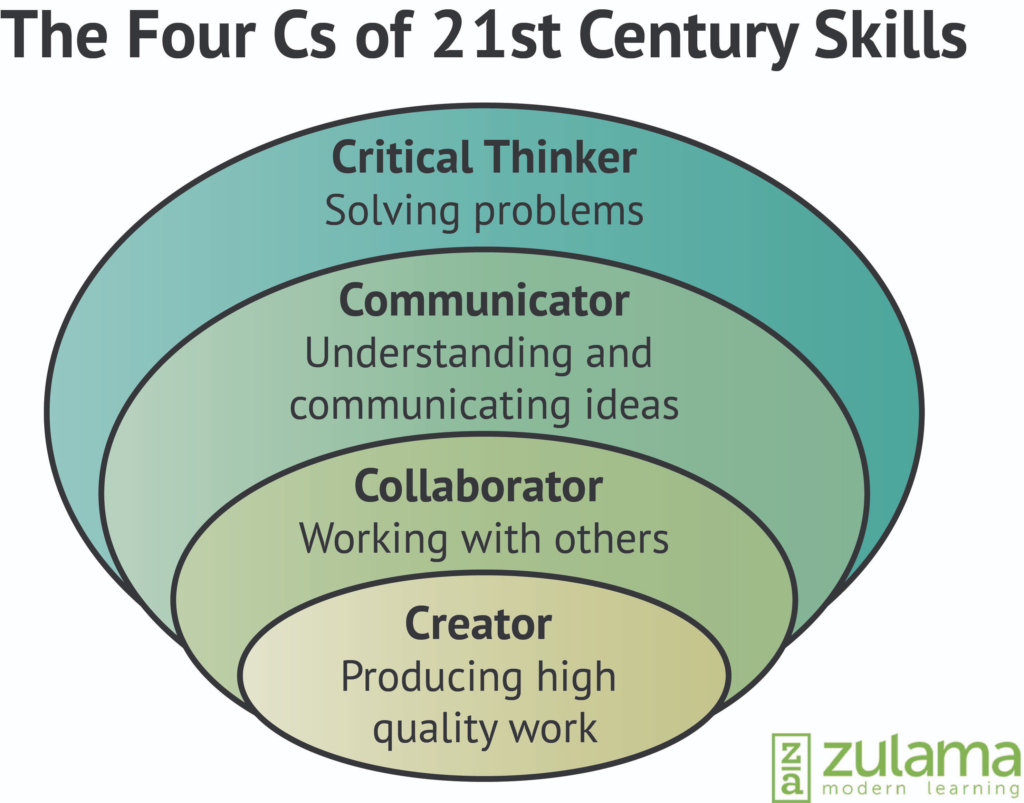
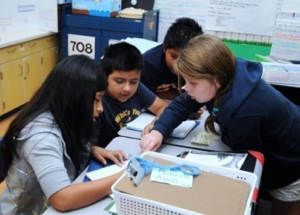
Making Learning Relevant
The MicroSociety culture permeates the entire school day. As mastery of basic skills becomes necessary to excel as a blogger, banker, lawyer, or scientist, teachers and students bring the MicroSociety culture with them into the academic classroom, co-constructing a culture that depends on student responsibility, voice, and participation. In the classroom, teachers seize opportunities to connect instruction to Micro-Time activities and, with support from community mentors, to the wider community outside of school. They, along with the Principals report a new eagerness to come to school, heightened responsible behavior and active classroom participation. Further, students develop a new identity as learners and contributors to society, positioning them for further learning and success as they move on to high school.
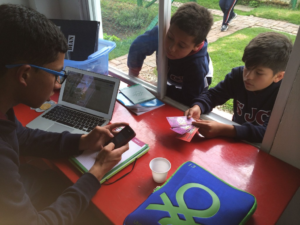
Putting theory into practice
MicroSociety puts learning theory into practice. It provides the social and emotional connection and the higher order purpose for students to want to learn in the first place. By incorporating real-world experiences into basic curriculum every day, students apply what they learn in the classroom to real life. Instruction transcends the “stand and deliver” daily routine in favor of facilitating and managing instruction. Teachers say MicroSociety is project-based learning on steroids and school-wide they are dedicated to pursuing equal doses of deep learning and the “soft skills” so often pushed aside in pursuit of test prep. The results are convincing: a new and sustained motivation to learn.
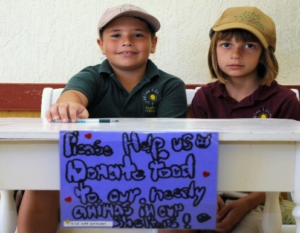
Solving Real World Problems
MicroSociety citizens are not just asked to solve problems, they are invited to create them by taking risks, all the while developing the patience and grit to be comfortable with challenge and change. During Micro-Time, students often encounter unanticipated and messy problems—settling a contractual dispute among students, figuring out how to turn around an unprofitable business, writing and then effectively enforcing legislation to reduce bullying—are dynamic dilemmas which provide opportunities for students to apply their school learning in authentic contexts. In the process of developing their skills, they learn the importance of perseverance in applying school knowledge to solve their real world problems. By participating in a microcosm of a modern society and economy, they also gain civic aptitude, social awareness and global respect.
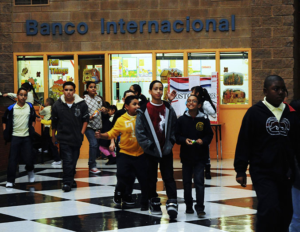
Applying Standards
The new standards are intended to be relevant to the real world, reflecting the knowledge and skills that our young people need for success in college and careers and which will place them in a position in which they can compete in a global economy. Having a miniature society within a school provides students the real world context within which to make these connections continually throughout the day.
Example,
Language Arts Standard:
Persuasion through writing Logical arguments not only take place in the Courtroom, but in government campaigns/debates, Town Hall meetings, business meetings, during job interviews and through marketing/advertising plans. Real world research occurs in every venture/agency in the society. Employees of a music venture that sells iPod playlists conduct and present market research on the artists/groups that are popular among their peers. The staff of the MicroSociety cafe research the meaning of gluten intolerance to learn how to develop menus that answer current dietary concerns.
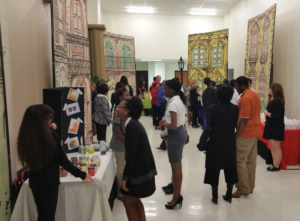
Community Engagement
Community partners play a critical role in the school-based society as advisors, brokers, consumers, mentors, consultants and “adjunct faculty,” imparting critical and authentic from-the-field knowledge, skills, and habits of mind to the young students. For example, student bankers begin with basic checking and savings accounts, but with community bankers’ support, the students advance to credit and debit cards, loans and cloud banking. Other community members, such as local law enforcement agents and small business owners, support students in developing their parallel roles in the MicroSociety. External mentors provide students job training and coaching, so students not only develop aspirations for their future, but also learn and begin to practice the steps and effort involved to realize those aspirations.
The relationship between MicroSociety schools and the local community is further strengthened by a reciprocal engagement, with students reaching out to support their local community. Each MicroSociety school implements a yearly school-wide humanitarian project established by the student government. Individual ventures and agencies pursue their own humanitarian projects.